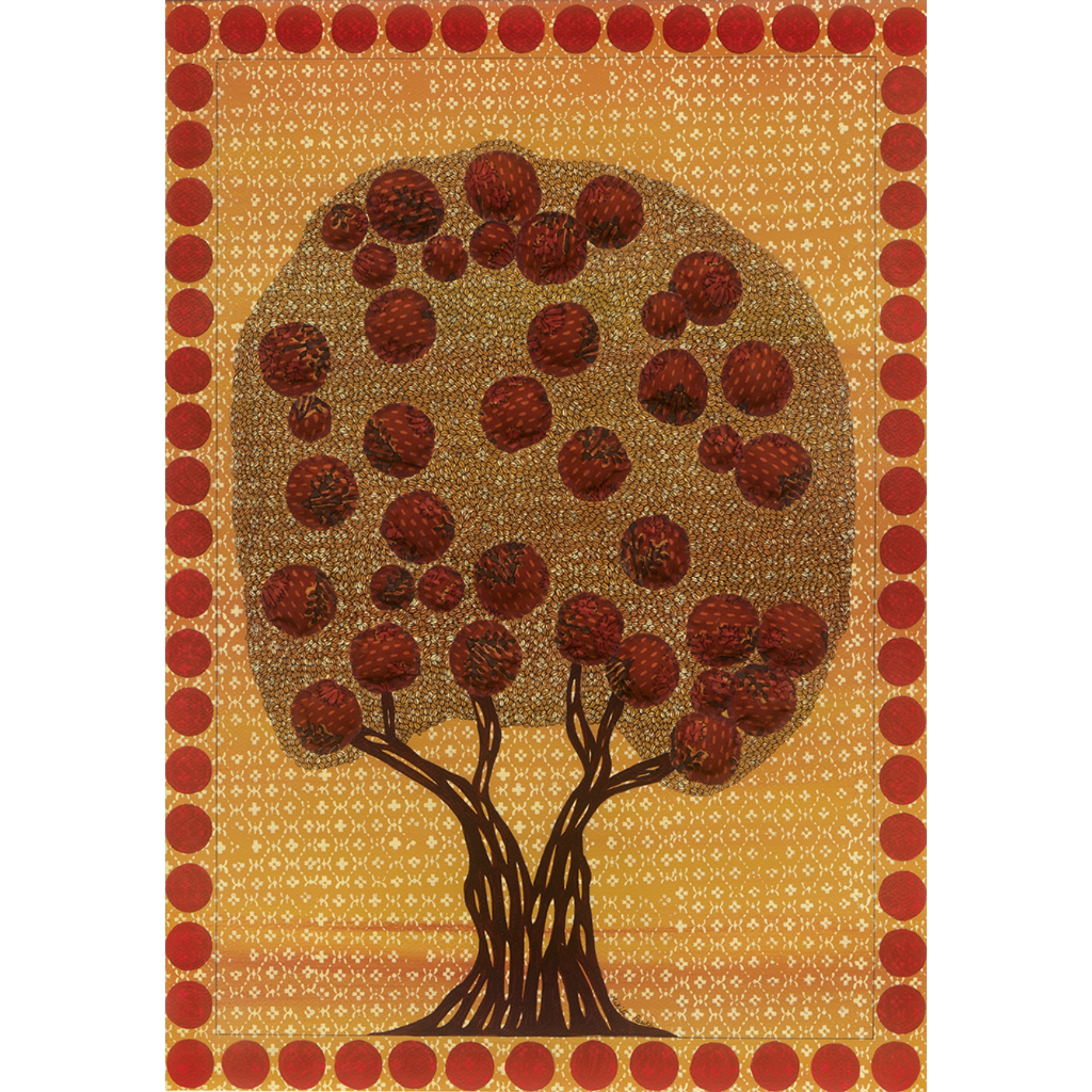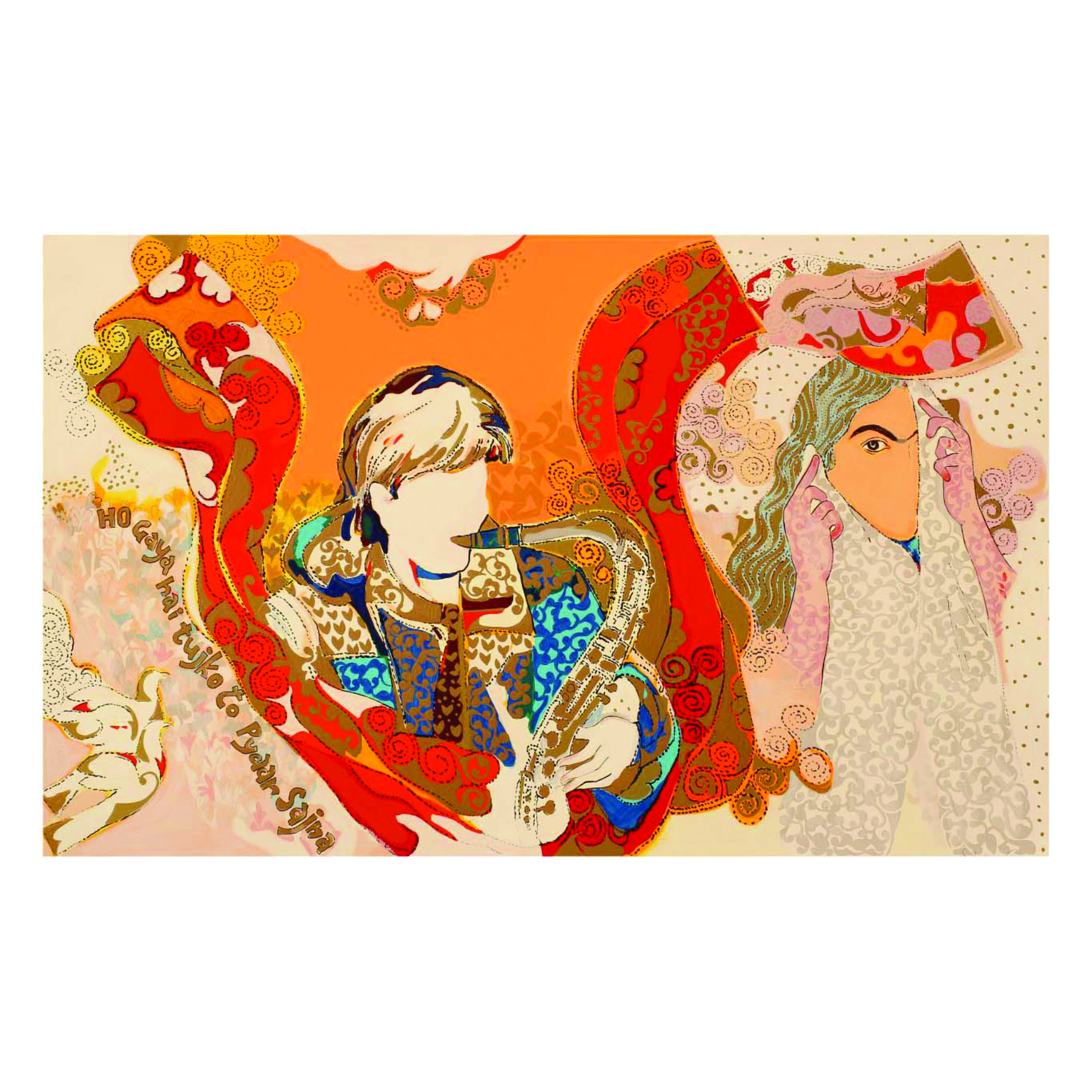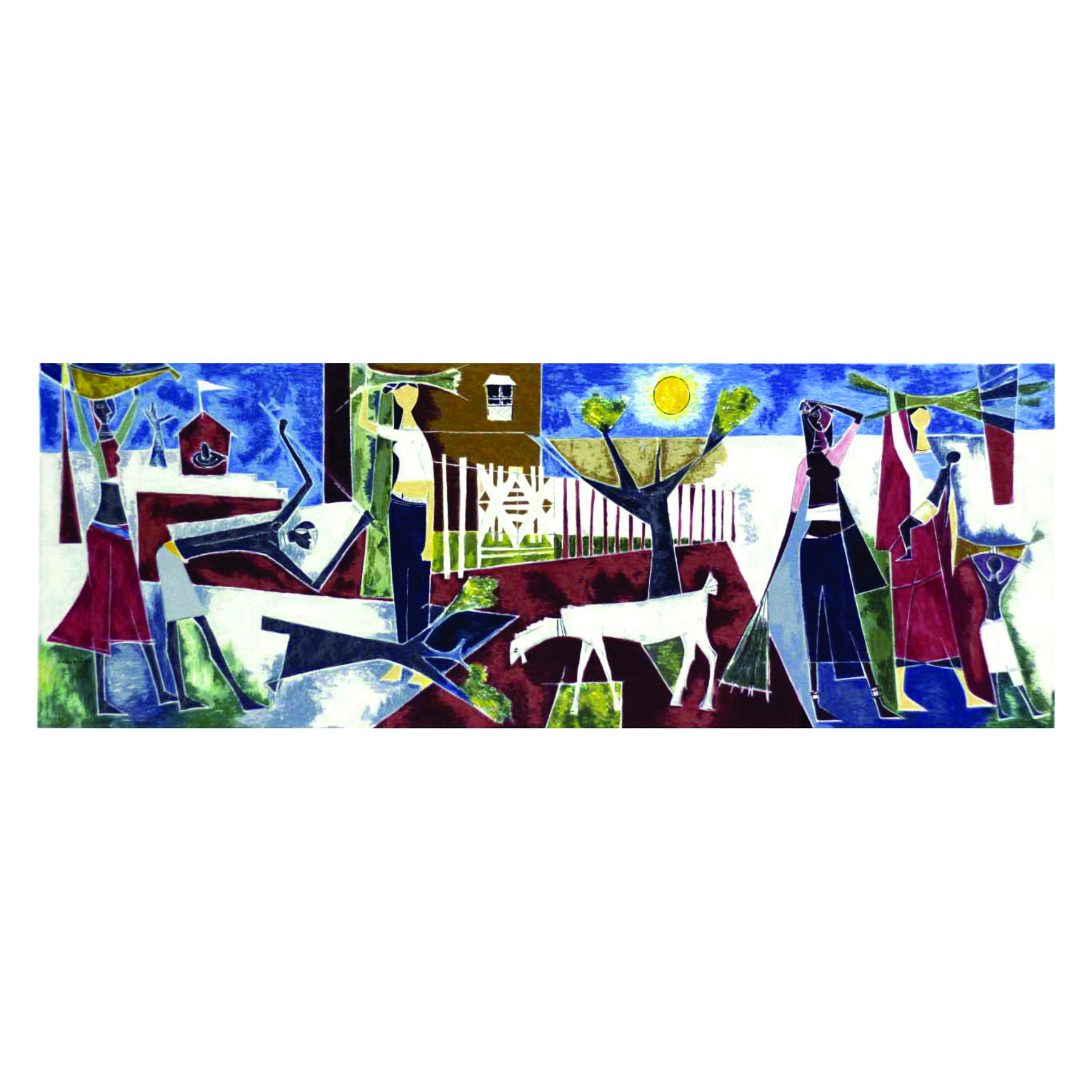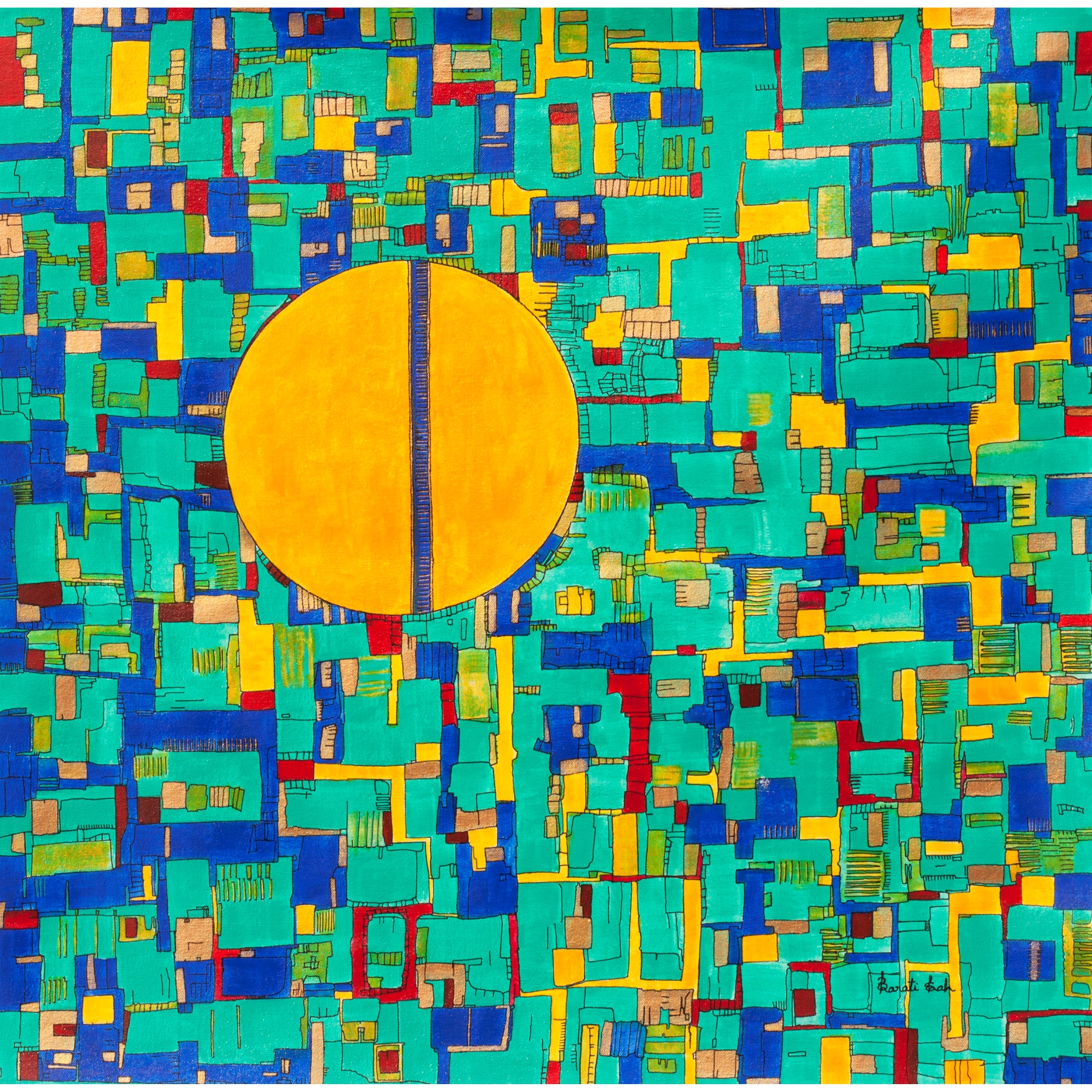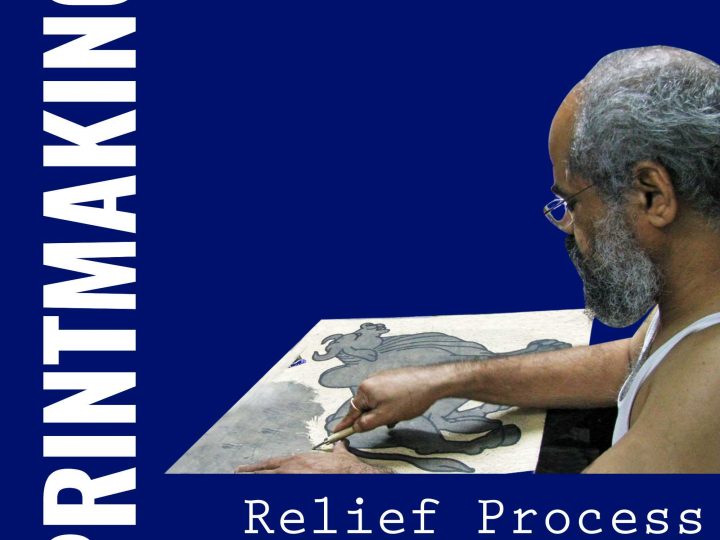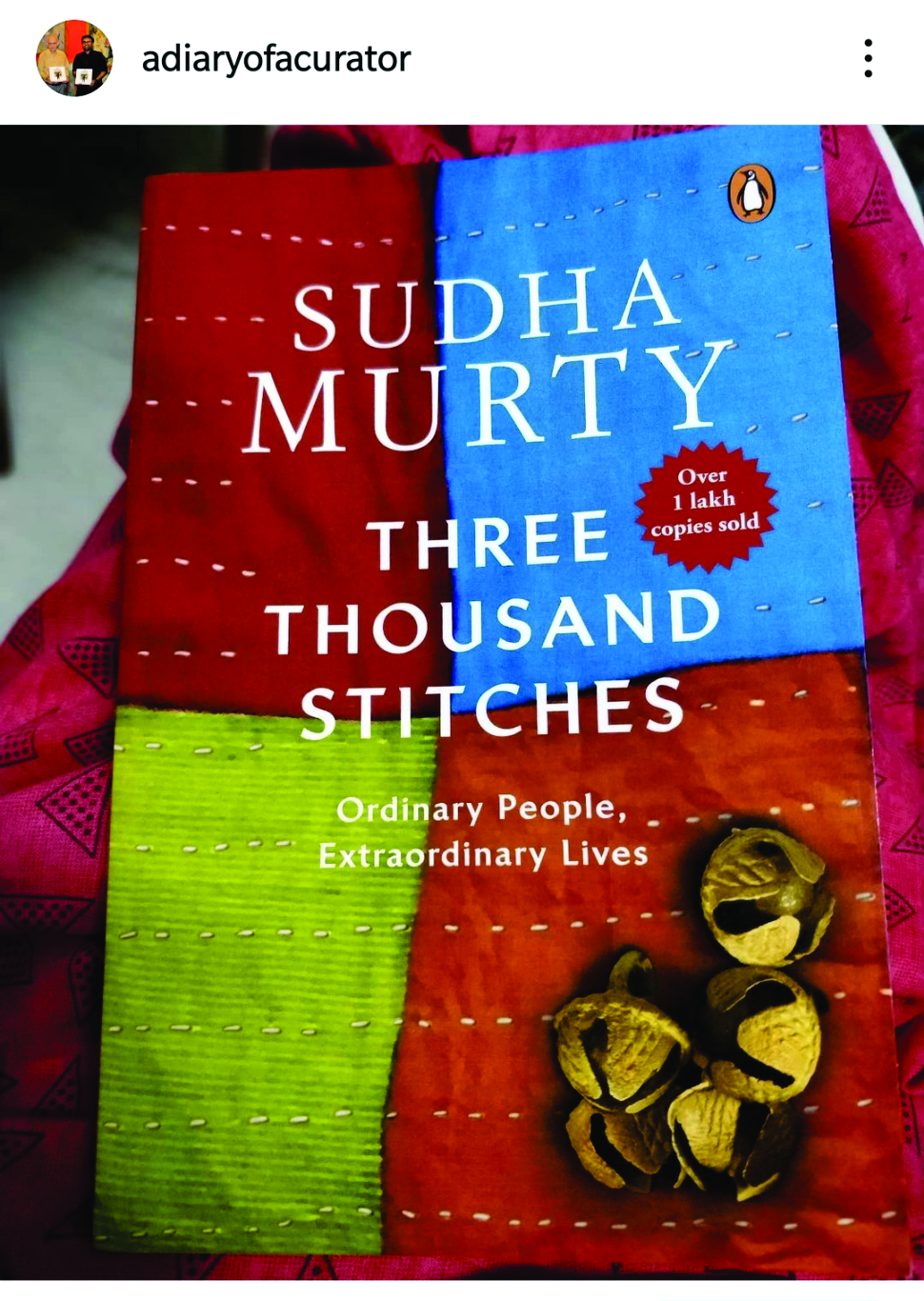
Published by Penguin Random House India
Being born in a Jain family, the act of charity is seen as the basic duty of a Shravak. My inclination has always been towards philanthropy but to plan out a systemic approach in reaching more people was where I am struggling. To give away might seem easy but to manage it is tough.
Few days back, as usual, I was surfing youtube and there I saw this icon of Shashi Tharoor And Sudha Murty Talk Books. I realized I had seen this video. But, as it was Dr. Tharoor and Smt. Murthy I thought to revisit it. I found it more interesting than before. So, as it happens, one video leads to another. The next I saw was Mrs Sudha Murthy. Her honest opinion, clarity in thoughts, simple language, and most importantly the excitement to share her experiences as “Giving” charmed me to hear more. So the next videos I saw were Pursuits By ŠKODA | Episode 10 – Sudha Murty and A Philanthropist Speaks: “Lessons from Life” . All these insightful and inspiring videos led me to the book titled “Three Thousand Stitches”.

Smt. Sudha Murthy
Smt. Murthy’s stories are real-life incidents that represent universal emotions told in a humble way. Her style of storytelling is simple yet effective.
My Connection With This Book
- Based on Human skills.
- Jainism and the culture of Giving.
- Murthy’s philosophy towards life.
- This specific quote sums up my daily prayers.
In the book, Mrs. Murthy quotes her grandfather’s Sanskrit shloka when she was six years old: ‘O God, I don’t need a kingdom nor do I desire to be an emperor. I don’t want rebirth or the golden vessels or heaven. I don’t need anything from you. O Lord, if you want to give me something, then give me a soft heart and hard hands, so that I can wipe the tears of others.’
In 2017, when my daughter was born we named her Dhanyaashree. It is a mix of two names (like we do in Sanskrit (सन्धि) where Dhanyaa is the Goddess who has all sorts of wealth and Shri is the goddess who gives all types of wealth. The name is all about giving what you have to the one who needs it!
Things I Learned
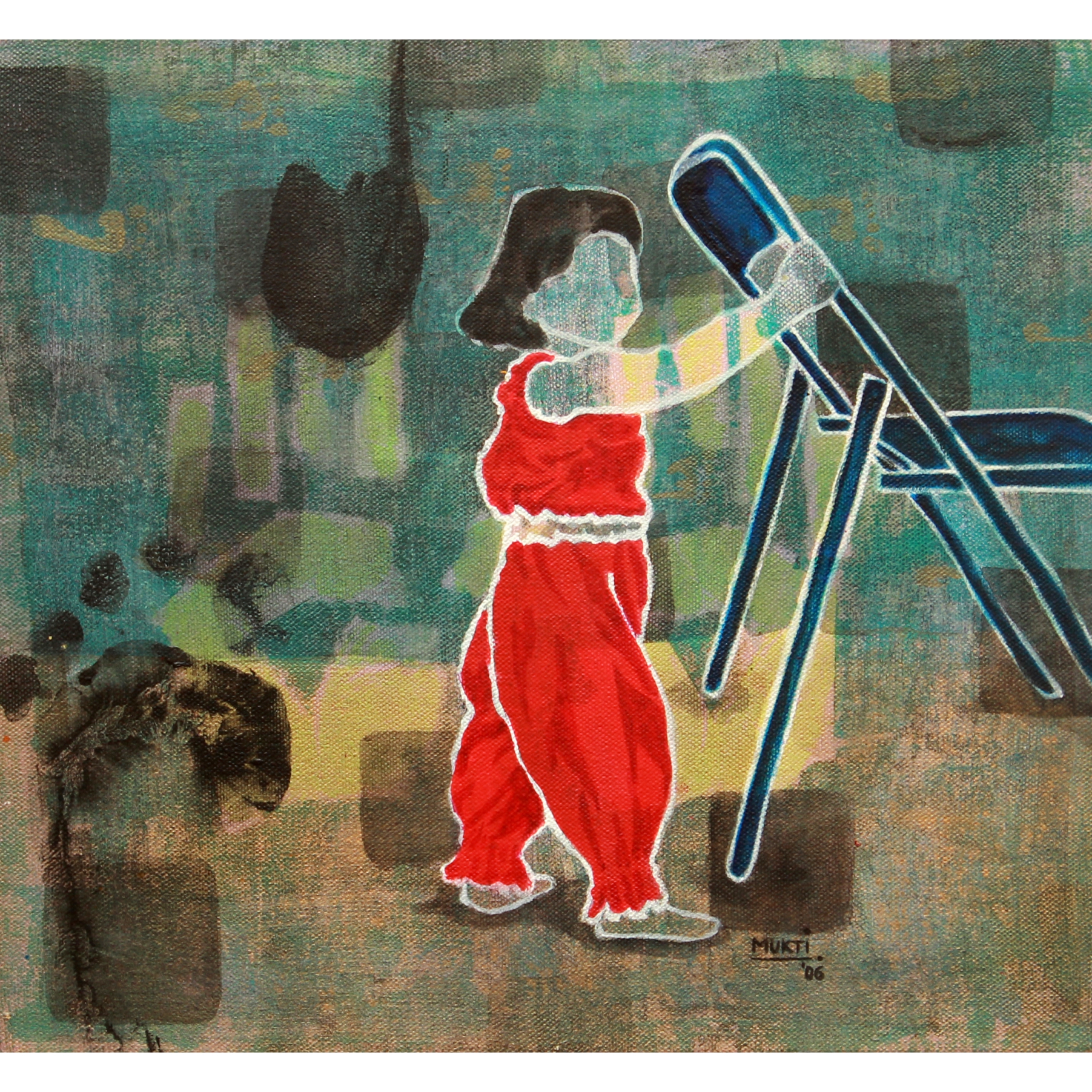
Artwork by Mukti Chauhan
Chapter 1. Three Thousand Stitches
Philanthropy | Why Giving is Important!
- When you want to help others, donating money is not the only solution. A larger picture is to build a community for that ‘one’ cause.
- While talking to the person in need, identify his or her problem rather than sticking to our preconceived notion about their problem.
- We don’t do charity for a name or getting rich. The appreciation that one gets from helping others and making a difference in someone else’s life not only gives you satisfaction but makes your life worth on this planet. Money is nothing in front of the love and warmth we receive from the people we help.
Chapter 2. How to Beat the Boys
Dedication | The Power of Determination.
- Let your child grow. Guide them (don’t force) in decision-making and support it.
- Reading books and acquiring knowledge is GOLD.
- Knowing where to draw the line. Studying with 149 boys, being the only girl in the class, and yet remaining sober and calm is what defines Indian feminism.
- One can fight against any odds driven with true passion and the right intention to do something which seems impossible
- Self-realization is the key to building character.
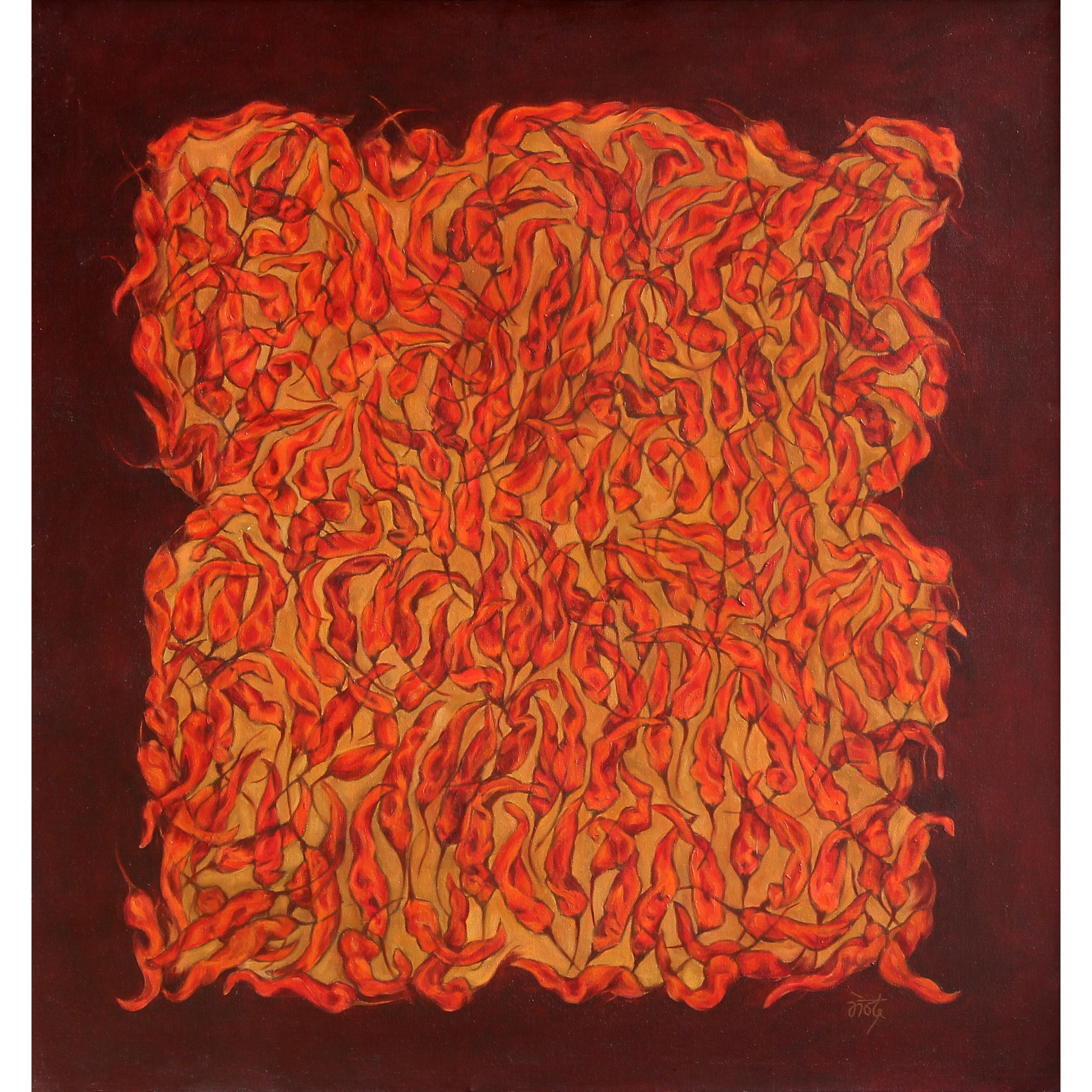
Artwork by Mahendra Parmar
Chapter 3. Food for Thought
History | Connects The Past + Future.
- Talk to experts. Observe them, ask, listen and understand. Observe around you, there is a story. Sit with the right person. Have faith in them. You will grow as a person.
- Learning about epics and mythology is important for the present and future. 90% of problems and 90% of solutions come from the past.
- Without historical knowledge, we can’t drive into the future.
- Try to taste food from all parts of India in your lifetime. As Mrs. Murthy ends with, ‘ who really said that India is a country? It is a continent – culturally vibrant, diverse in food and yet, distinctly Indian at heart.’
Chapter 4. Three Handfuls of Water
Faith | Core of A Person
- Keep things simple.
- Rituals and traditions are created mainly depending on the socio-cultural, political, or economical situation of a given period of time. Depending on the era, these rituals should be modified. It would be ignorant to stick to the traditions not based on the original shastras.
- The beautiful relationship of grandmother and granddaughter is where the kid gets an unmatchable amount of information and knowledge on a daily basis. Let it grow.
- The middle path in life is the best part. Not too high nor too low. It gives you happiness and satisfaction. (Middle part should not be mistaken for being average or mediocre in today’s times.)
- During meetings with friends and family, instead of gossiping about fellow humans, talk about arts, culture, food, music, literature that will help you succeed as a person.
- Aparigraha – a Jain principle which states possess only what you require. Don’t acquire things you don’t need.
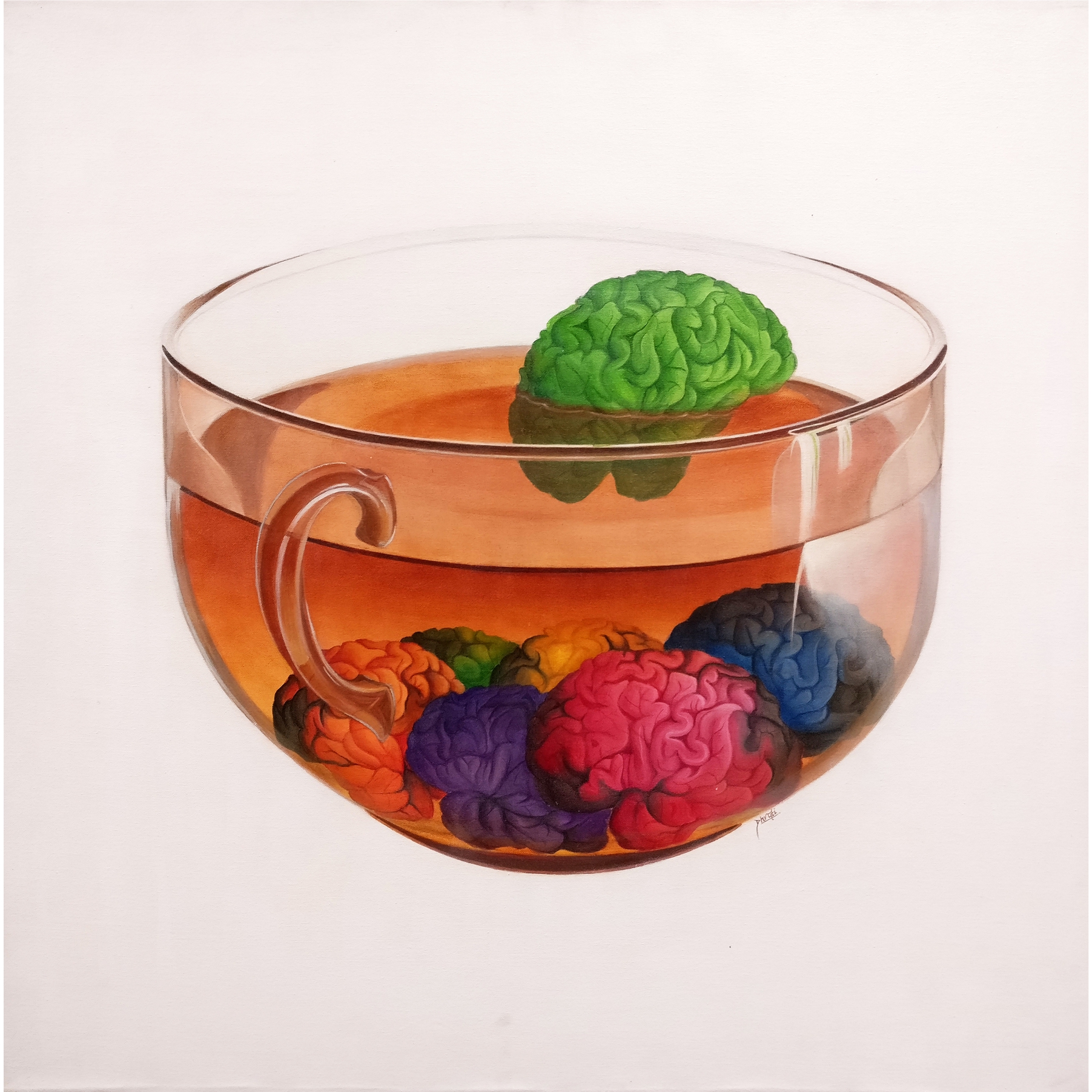
Artwork by Dhruti Mahajan
Chapter 5. Cattle Class
Being Rich | State of Mind
- Quoting Smt. Murthy ‘Class does not mean possession of a huge amount of money.’ She further adds, ‘The concept that you automatically gain class by acquiring money is an outdated thought process.’
- Be humble. Stay grounded. Simple living and high thinking.
- It is the basic human behavior and skills that is OG class! Unfortunately, in the rat race and constant societal pressure along with lack of self-awareness and confidence, we forget its true definition.

Artwork by Vinay Trivedi
Chapter 6. A Life Unwritten
Unconditional Help | That’s What Humans Do.
- It is the parents, their thoughts and deeds, that inspire children to follow the act of giving.
- Love for learning has no age.
- The beauty of helping others is not only doing good to yourself but adding double the happiness and satisfaction is seeing someone else’s success and happiness. That feeling is irreplaceable.
Chapter 7. No Place Like Home
Freedom = Asset
- For successful philanthropic activities, finance and management have to be accurate.
- Freedom is costly and precious.
- We are extremely lucky to be free. We are experiencing the ultimate happiness called ‘”Freedom”.
- Though we may find plenty of problems in India, in our state or city, there is no place like “home”.
Chapter 8. A Powerful Ambassador
Arts and Culture | Soft Power
- Travel as much as you can. It will only help you flourish.
- Exploring local markets not only gives you a sense of culture but develops in creating POV.
- Why can’t Indian fine arts be a cultural ambassador to the world as Hindi films are?
- If the countries can promote Bollywood tourism, why can’t they encourage art tourism?
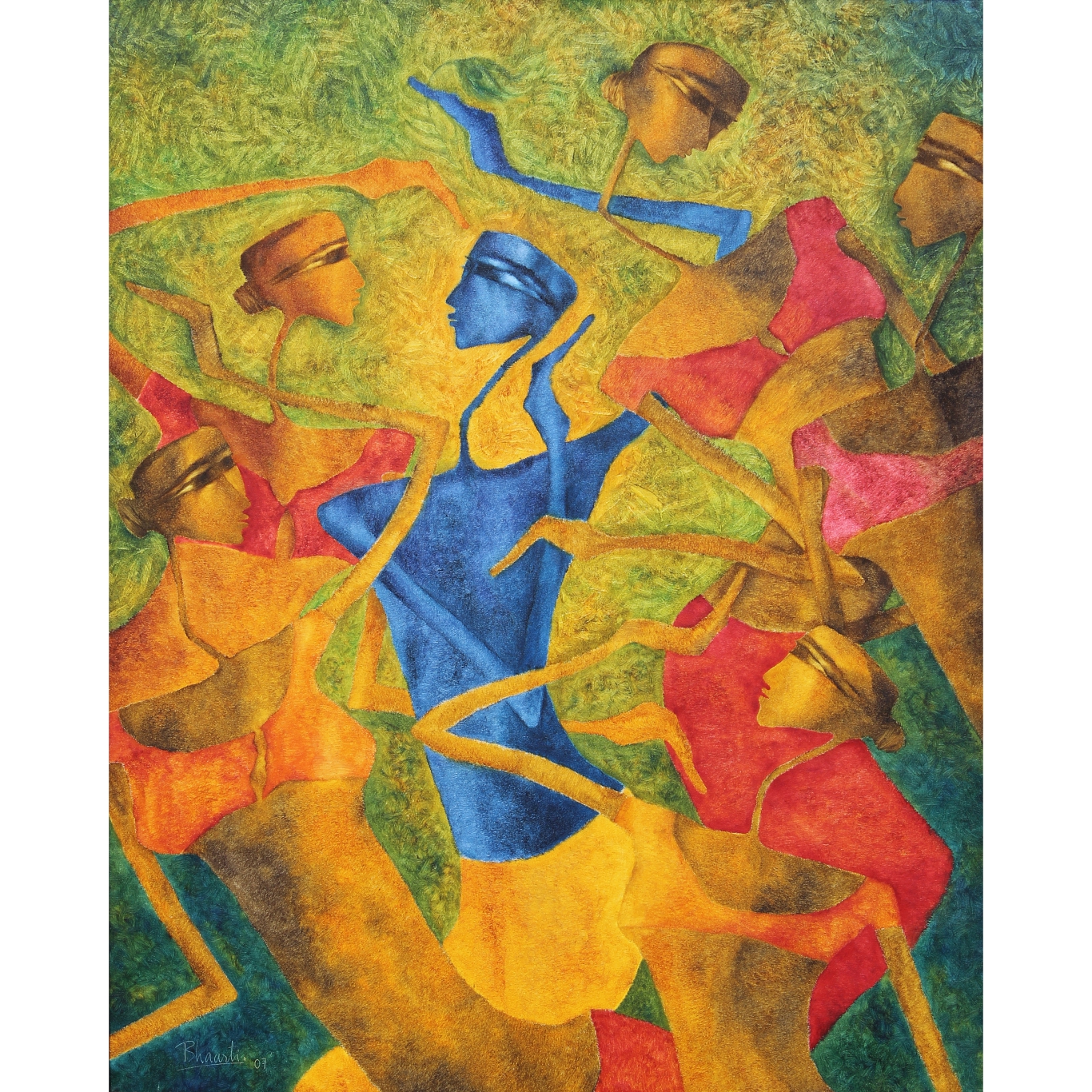
Artwork by Bhaarti Prajapati
Chapter 9. Rasleela and the Swimming Pool
Storytelling | Modern + Contemporary
- To explore and connect one’s identity in their native folk arts.
- God is an omnipotent friend. With true devotion he is accessible.
- Epics and mythologies have a universal storyline. The episodes that happen in our day-to-day life are explained with greater heroes so people can learn from their lives. Settings like technology, culture, economies, way of living may change but the base remains the same. Human beings will remain the same. New versions will be presented in every age.
Chapter 11. I Can’t, We Can
Addiction | Good & Bad
- Humanity first. No one likes to suffer irrespective of caste, creed, race, colour, and religion.
- To lead a meaningful life.
- No one can predict how deep any addiction can harm them.
- Go to the depth of the problem till then you won’t realize the depth of the problem.
- There’s always HOPE.
Disclaimer | The artworks here are from the collection of DRS Arts Company ®, Ahmedabad. These pictures are meant for exhibit/illustrative purposes only and have nothing to do with the book. Quotes or lines taken from books are only meant to have effective communication and not intend to plagiarize the author’s work.
Photos and Text © Chaitya Dhanvi Shah


